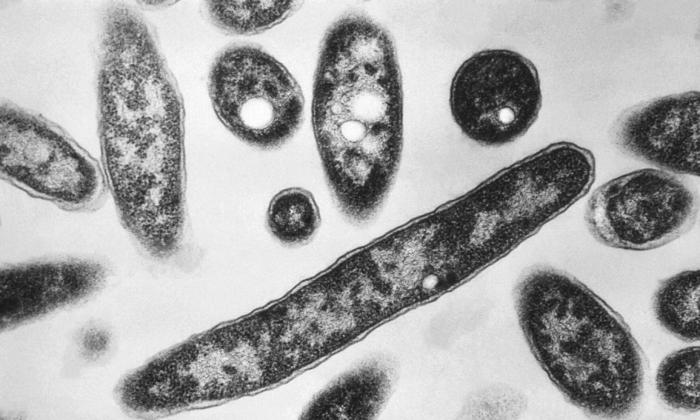WARSAW, Poland—Poland’s internal security officers were searching for the source of a deadly outbreak of Legionnaires’ disease which has killed seven people and infected more than 100 others in the strategic city of Rzeszow, near the border with Ukraine, authorities said Friday.
The region of Rzeszow, in Poland’s southeast, is a key transit hub for international military support for Ukraine, following Russia’s invasion last year. Some 10,000 U.S. troops are also stationed in the area.
Officials from the Internal Security Agency were inspecting various sites in Rzeszow, but primarily the water pipelines, where experts suppose the bacteria might be coming from.
The deputy minister for state special services, Stanislaw Zaryn, said Russia’s attempts to sow “panic” among Ukraine’s allies were among the reasons for the inspection.
“This is a factor that has made us (take steps) to eliminate some scenarios,” Mr. Zaryn said.
At least 113 residents have been infected in Rzeszow, some 80 kilometers (50 miles) from border with Ukraine. The seven who died were elderly and had been suffering from chronic diseases. City authorities and experts say it is an unusual situation.
At a crisis meeting Thursday, city officials decided on a chlorine and ozone disinfection of more than 1,000 kilometers (620 miles) of Rzeszow pipelines that will take place on Saturday. Authorities have instructed residents to let tap water rest to lose some of the chlorine and then to boil it before drinking. They assured that chlorine levels to be used will be safe for humans.
Legionnaires’ disease is a lung infection that comes from inhaling infected water spray, not through drinking water. It is usually caught in places like hotels, hospitals, or offices where the bacteria have got into the water supply, for example in air conditioning systems or taps and showers that are not in frequent use.







